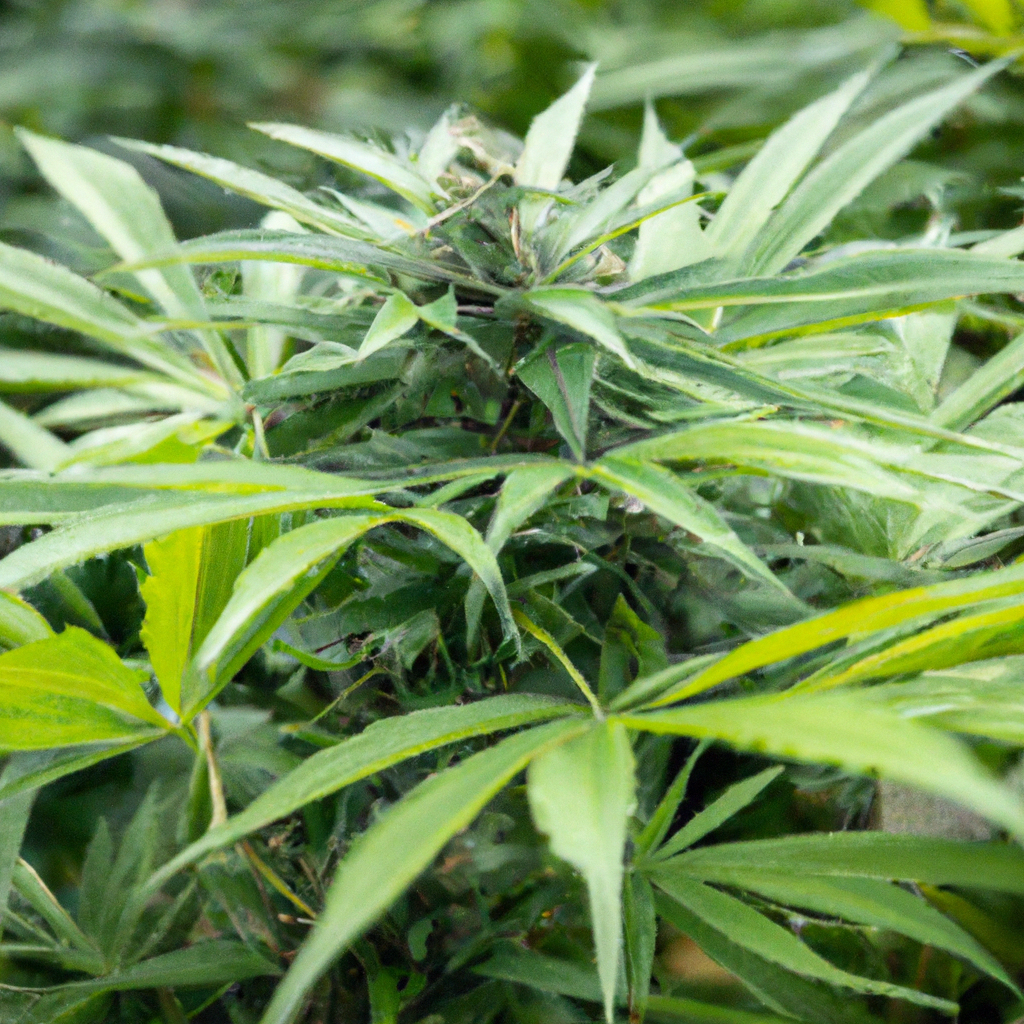Your cart is currently empty!
Cultivating cannabis successfully requires more than merely placing plants in soil and watching them grow. One key aspect many growers often overlook is the creation and management of a microclimate. Tailoring your growing environment can make a significant difference in yield quality and quantity, especially when dealing with unpredictable outdoor conditions. In this guide, we delve into how to master microclimates for consistent cannabis growth throughout the year.
Understanding Microclimates
A microclimate refers to the localized climate around a specific area or environment. In the context of cannabis cultivation, it involves controlling temperature, humidity, airflow, and light to meet the specific needs of your plants. Whether you’re growing indoors or outdoors, mastering the art of microclimates can mitigate risks and optimize growth conditions, even amid extreme weather fluctuations.
Steps to Creating the Ideal Microclimate
Creating the perfect microclimate involves several key steps. Here’s how you can ensure your cannabis plants thrive all year:
- Measure and Monitor: Constantly measure temperature and humidity using sensors and smart devices. Collect data to identify trends and anomalies.
- Control Temperature: Use heaters, coolers, and insulating materials to maintain an optimal temperature range for your cannabis variety.
- Humidity Management: Deploy humidifiers or dehumidifiers. Increase humidity for young plants but reduce it as flowering begins to prevent mold.
- Optimize Airflow: Proper circulation prevents pests and diseases. Utilize oscillating fans to keep air regulated and prevent hot spots.
- Light Management: Ensure even light distribution using reflectors and LED systems. Position grow lights at optimal distances to prevent leaf burn.
Common Microclimate Challenges and Solutions
Despite best efforts, growers often face challenges with microclimate management. Here are some common issues and how to overcome them:
- High Humidity Levels: Combat this with improved airflow and use moisture-absorbing substrates like silica.
- Heat Stress: Implement shading techniques or greenhouses with controlled temperature systems to shelter plants during soaring temperatures.
- Cold Snaps: Use thermal blankets or heat mats to keep soil temperature stable and warm.
Advanced Techniques for Enhanced Results
For experienced growers looking to maximize their harvest, consider these advanced techniques:
- Deploy Smart Sensors: Use IoT devices to automate and fine-tune climate controls based on real-time data analysis.
- Use Natural Windbreaks: Strategically plant shrubs or trees around your grow area to buffer against harsh winds and stabilize the microclimate.
- Integrate Companion Planting: Certain plants can help regulate humidity and temperature levels naturally. Research and include companion species best suited for your climate zone.
Conclusion
Mastering cannabis microclimates involves a delicate balance of adding and controlling environmental factors. Continuous monitoring is crucial for identifying and rectifying any discrepancies, allowing for the flexibility needed as seasonal conditions evolve. By understanding and applying microclimate principles, growers can expect healthier plants and more robust yields, no matter what Mother Nature decides to throw their way.
Incorporating science-based strategies and leveraging technology will equip you with the tools necessary to maintain an optimal growing environment year-round.
Discover more from Magic Clones
Subscribe to get the latest posts sent to your email.


Leave a Reply